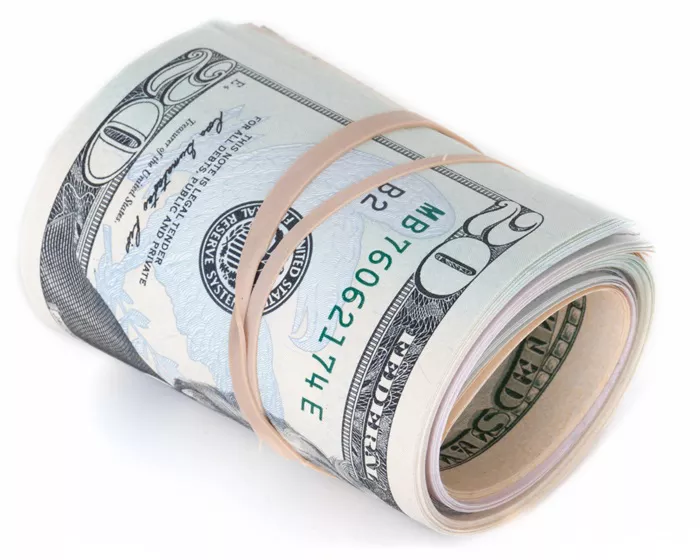On Thursday, heightened selling interest in the U.S. dollar (USD) following the Federal Reserve’s recent rate cut provided a boost for risk-related assets, enabling the AUD/USD pair to extend its bullish momentum for the fourth consecutive day, reaching fresh peaks near 0.6840 for 2024.
The Fed’s decision to lower interest rates more than anticipated has reinforced the bearish sentiment surrounding the Greenback, leading the U.S. Dollar Index (DXY) to decline further.
The Australian dollar’s significant rise on Thursday coincided with an overall improvement in market risk sentiment. Additionally, rising copper and iron ore prices contributed to this upward movement. However, iron ore’s strong connections to China’s housing and industrial sectors present a potential downside risk for the AUD’s gains.
The Reserve Bank of Australia’s (RBA) current monetary policy also supports the Aussie dollar’s upward trajectory. Last month, the RBA opted to maintain the Official Cash Rate (OCR) at 4.35%, taking a cautious stance amid persistent inflationary pressures. The Minutes from that meeting revealed a hawkish tone, with discussions about possible rate hikes due to ongoing inflation concerns, even as markets anticipate rate cuts later in 2024.
RBA Governor Michelle Bullock has reiterated a cautious outlook, emphasizing the risks associated with high inflation and suggesting that rate cuts are unlikely in the near term. Nonetheless, the RBA is expected to be one of the last central banks in the G10 to begin reducing rates. As it joins the global easing cycle later this year, underlying economic activity remains weak, indicating lower inflation pressures. Currently, the market is pricing in about a 70% chance of a 25 basis point cut by December.
Looking ahead, with the Federal Reserve’s anticipated rate cuts largely factored into market expectations and the RBA expected to maintain a restrictive stance for some time, the AUD/USD pair could see further improvements later this year.
However, the sluggish recovery of the Chinese economy poses a significant challenge. Deflation and inadequate stimulus measures are hindering China’s post-pandemic rebound, which continues to dampen future demand from the world’s second-largest economy.
Moreover, the latest CFTC report for the week ending September 10 showed that speculative net short positions in the Australian dollar reached two-week highs, accompanied by a rise in open interest. Since the second quarter of 2021, the AUD has primarily remained in net short territory, with only a brief shift to net long positions earlier this year.
In Australia, the mixed labor market report for August reflected an unchanged unemployment rate of 4.2%, while employment increased by 47,500 individuals and the participation rate remained steady at 67.1%.


